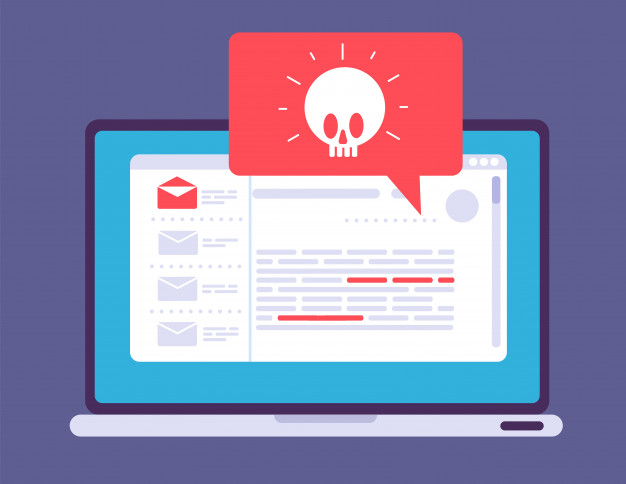What is DNS DDoS Attacks?
DNS DDoS attacks are one of the biggest frustrations of the modern internet. SMBs are particularly vulnerable to them since they cannot just go out and over-provision everything, especially bandwidth, the way the tech giants can. Fortunately, there is still a lot even SMBs can, should, and arguably must do to protect themselves from DNS DDoS attacks.
The basics of DNS DDoS attacks
DNS is a system that interprets between the alphabetic domain names humans can remember and the numeric IP addresses humans can use. DNS DDoS attacks essentially aim to generate more traffic than the DNS resolvers can handle. There are various ways it can achieve this.
The most common is also the most basic. It’s the infrastructure-level or volumetric DDoS attack. This works by sheer strength of firepower. The other two options are protocol attacks and application-layer attacks. Protocol attacks aim to confuse routing infrastructure. Application-level attacks aim to target a specific, high-value part of the website so that they create both maximum damage and maximum inconvenience for security teams trying to detect and stop them.

Defending yourself against DNS DDoS attacks
Painful as this may sound, your defense against DNS DDoS attacks starts when you put together your infrastructure and continues through the development of your applications and into your monitoring and threat-detection systems.
For most SMBs, it will probably be impractical, if not impossible, to rip out their existing architecture and start again. IT infrastructure is expensive and as such is generally intended to be a long-term investment.
At the same time, however, it is an investment that needs to be upgraded from time to time and when it is, preventing DNS DDoS attacks should be a major consideration. Similarly, if you are undertaking any major infrastructure changes, such as a cloud migration, you should keep DNS DDoS at the forefront of your mind at all times.
For example, look for efficient traffic routes and consider using smart DNS lookup, load balancers, and content delivery networks. Above all, buy as much bandwidth as you can reasonably afford. This will, of course, all generate additional costs. These costs can, however, be justified not only because they offer protection against DDoS, but also because they create a better experience for your website users.
If you need additional incentive (or your finance team does), then making your website run more smoothly can actually improve your search engine rankings. Metrics such as page-load speed do now play a role in where you rank in search as does the way users interact with your site.
DNS DDoS You must know your traffic and react quickly to changes
The golden rule of problem-solving, particularly security-related problem solving, is to catch problems as early as possible. This gives you the best opportunity to resolve them before they become critical. The better you know your traffic, the easier it will be for you to spot any deviations from the norm. The more frequently you ping your servers, the more quickly you will be alerted to those deviations. Even if they seem minor, they still need to be investigated as they could be an early warning sign of an incoming attack.
DNS DDoS You must manage your equipment
Like malware attacks, DNS DDoS attacks are often far more about exploiting weaknesses than they are about finding astute ways to compromise fundamentally strong systems. This is particularly the case for SMBs, as attacking SMBs does not convey the same bragging rights as attacking major targets like enterprises and government departments. Just keeping your equipment patched and maintaining a reasonable upgrade cycle can go a long way towards making life more difficult for malicious actors.
Ideally, however, you should have a realistic idea of what your equipment, particularly your firewall, can and cannot do. This will let you see the current gaps in your security and act as the basis for a discussion on how to address them. In the case of DDoS attacks, the most practical approach, especially for SMBs, is to enlist the help of a DDoS mitigation service. These are available as both on-site and in-cloud solutions and also as hybrids of both.
You must avoid perpetuating DNS DDoS
Your main preoccupation is to stop DNS DDoS attacks happening to you. Your second preoccupation, however, should be to stop any of the devices you own from being used in DNS DDoS attacks on other people. Your working rule of thumb should be that if it connects (or can connect) to the internet, you should do everything you can to protect it. This goes not only for “obvious” devices such as servers, local computers, and mobile devices but also for the internet of things.
Please click here now to have your website scanned, for free, by cWatch from Comodo.
Related Articles





